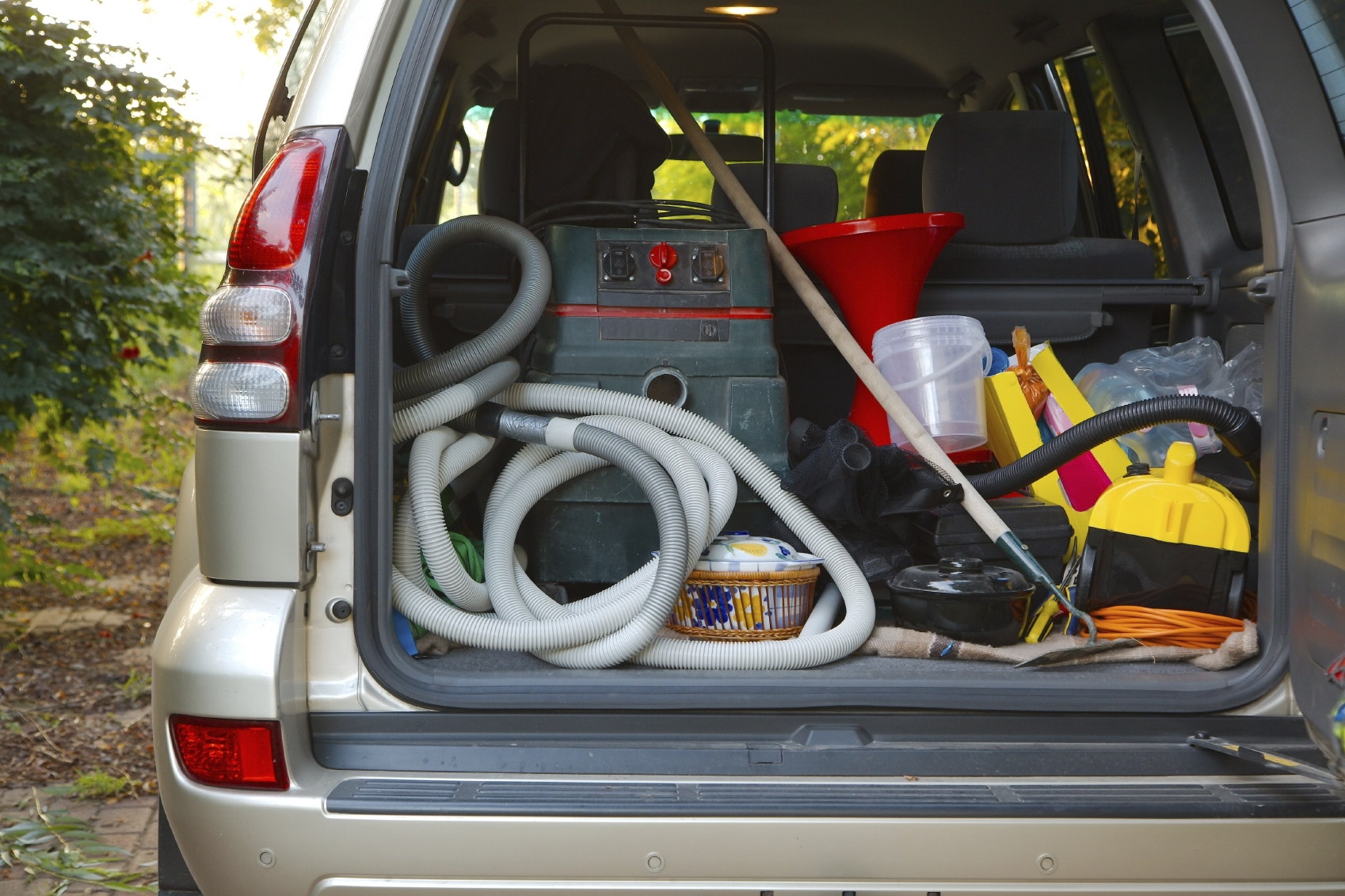
Who would buy a new car just because their trunk is full to capacity with junk? Nobody. Cleaning out the trunk, or at least making room to fit more junk, is a simple solution.
As silly as this sounds, many facilities do the equivalent to this with their compressed air systems. Often times, new air compressors and dryers are installed to increase system capacity without an in-depth look at facility usage and an assessment of all that junk in the trunk. Below are some “not-so-“common compressed air measures to help eliminate some of that junk.
- Lower compressor pressure set-points – Lowering compressor operating pressure increases both capacity and efficiency. Set your compressor pressure set-points even lower by minimizing restrictions between the compressors and the points of use. Restrictions may include anything from plugged or poorly sized filters and dryers to undersized piping that is choking flow. Lowering the pressure 1 PSI will reduce compressor power by 0.5%.
- Install a system flow controller after storage tanks – A flow controller holds system pressure to a constant set-point. This improves system capacity and performance. In addition, pressure can be lowered incrementally to its lowest functional operating point, which reduces artificial compressed air demand. The equipment that requires the highest pressure should be improved, if possible, to lower its required operating pressure to allow the flow controller to be set to even lower pressures.
- Install engineered nozzles for all blowing applications – Nozzles increase the air velocity making them more effective while reducing compressed air demand.
- Install solenoid valves on end uses – Installing a solenoid valve to stop flow to a machine, air nozzle, or other end use when it is not operating also reduces compressed air demand. This often occurs with air nozzles and knives still blowing even when the process they are serving is not in operation.
- Install pressure regulators on end use equipment – If the system pressure is 100 PSI, and the equipment is designed for 50 PSI and is not regulated, too much air is being used. Many machines use actuators and other equipment that only need a certain pressure, and adding more pressure only uses more air.
- Repair leaks Need more reasons? Look here: Compressed Air Leaks
- Install automatic no-loss air drains – In many facilities, the drains in the air system are manually opened whenever the maintenance personnel walk by, or they are just left cracked open at all times, or they are on timers. No-loss drains pass water but not compressed air out of the system.
All of these measures will help clean out the junk in a compressed air system, increasing its capacity and efficiency.




